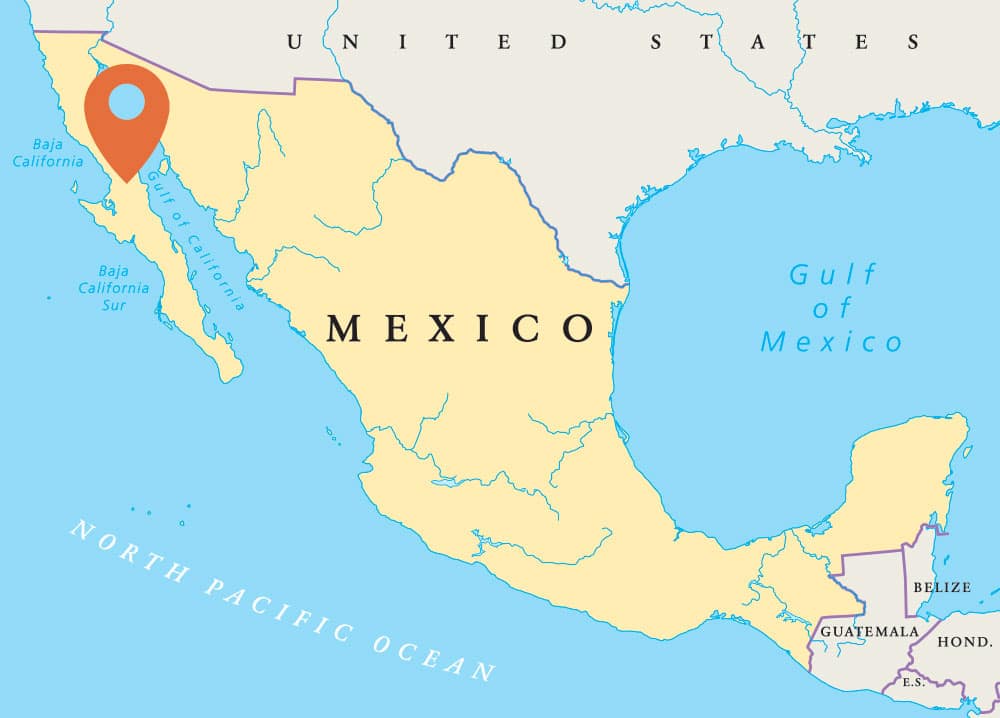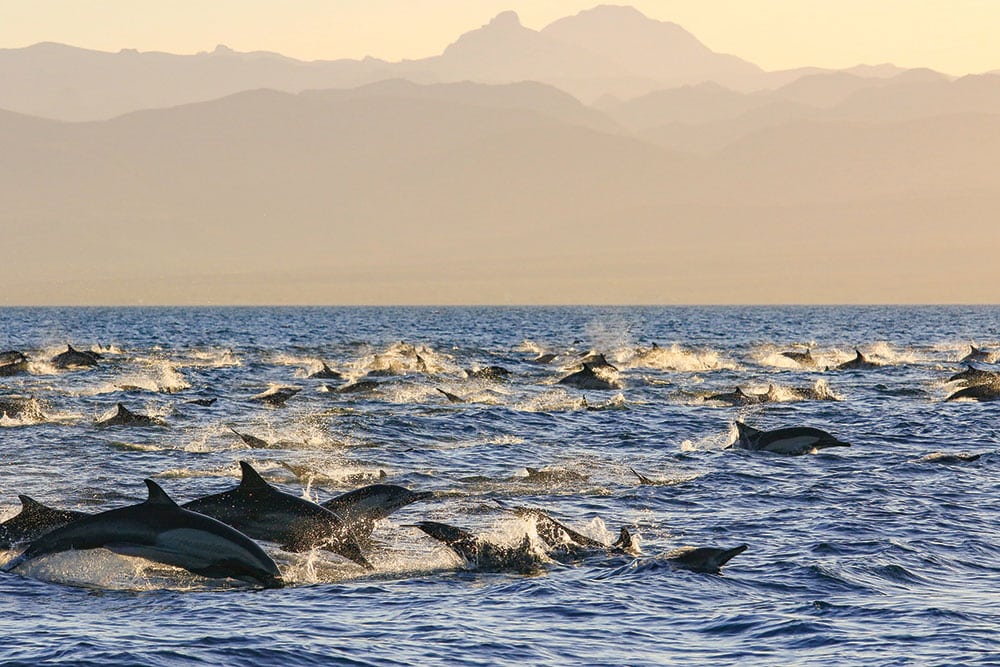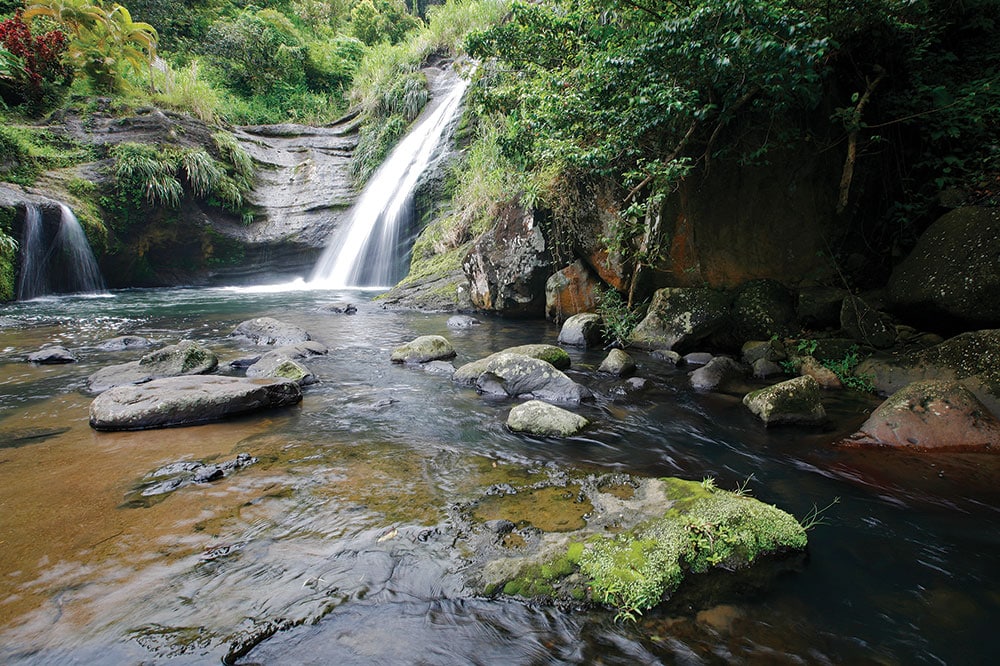A Bill Boyce Perspective
Life can be a wondrous journey when you choose the right road and the light to lead it. Who would have known that a kid from California, who found an addiction to the sport of fishing at age 4, would take his love of all things piscatorial on a career path that included fisheries biologist, photojournalist, TV host and then producer of several international fishing/adventure series?

Along the way, I’ve traveled the world, met the most amazing anglers, captains and crews, and fished on everything from little car-top skiffs to the world’s most modern mega sportfishers. Although these experiences will always remain vivid memories, it is the photography I was able to capture along the way that now serves as my most treasured possessions. As I have gracefully aged into six decades on our wonderful planet, these places, people, photos and fish are what make my life rich far beyond any monetary compensation I was lucky enough to have garnered along the way.
It is in this article that I am honored to share some of these amazing regions of the world, the allure of their majesty, and the fish and friends I met along the way. I have showcased six regions — three in this issue and three in the issue before this — that have touched my heart in different ways. For this edition of Guy Harvey Magazine, I’ve highlighted Baja, Mexico, Alaska and the Caribbean, with a spotlight on the islands of St. Lucia, Grenada and the Turks and Caicos. In the last issue, I shared my photos from Panama, Central America, the Seychelles Islands in the Indian Ocean and Tahiti in the South Pacific.
I hope you enjoy the images as much as I did taking them.
Baja, Mexico
Few places on earth can grab your soul like the Baja peninsula. From the extreme ecological differences found on the Pacific shores to the calm tranquility of the Sea of Cortez, its many personalities are as varied as the wonderful people that inhabit its 1,100 miles of desert habitat. Once only a fly-in fishing destination to a few lucky anglers in the 1940s, ’50s, and ’60s with access to a plane, the trans-peninsular highway “Mex-1” was paved in 1973 and opened up the Baja to those with vehicles rugged enough to venture its remote reaches. But even then, it was only explored by those with a pioneer spirit, not afraid of “living on the edge.”
Now fast forward a few decades and the roads have been improved, with lots of roadside infrastructure that make the journey much less arduous. International airports now provide access from most parts of America. Not spoiled by these newfound amenities, you needn’t dig very deep to find that same adventurous spirit of discovery to what is and always will be … THE BAJA. From her tranquil islands in the Sea of Cortez, to the long string of missions built by Spanish Franciscans as far back as the late 1690s, you will still find lonely desert ranchos and seaside taco stands, secret surf spots and favorite fishing holes — all to remind you that Baja still has her way of grabbing your soul and not letting go. Like a high school sweetheart who you’ve never been able to forget.
Once offshore, migrating gray and humpback whales, massive schools of common dolphin, packs of jumping devil rays, foamers of tuna, roving packs of striped marlin, and a variety of seagoing bird life can be found on your bow at any given moment. Take them all as life’s blessings, gifts the Baja gladly gives.

PeterHermesFurian / iStock / Getty Images Plus 
For sportsmen, sport fishing has put the Baja peninsula on the map since the 1940s. It’s still the largest driver of tourism to this day. 
Surfing is a popular sport all along the Pacific side of Baja, where waves are big and crowds are small. 
Large schools of common dolphin are found throughout the Baja. This roving pack was heading to Carmen Island near Loreto. 
Humpback whales are a consistent visitor to Baja waters and are joined by a mass breeding migration of gray whales on the Baja Pacific. There’s also a large resident population of finback whales in the Sea of Cortez. 
High flying devil rays can be seen and heard for miles. Concentrations by the thousands during annual migrations can also be construed as spawning aggregations. 
There is nothing quite like the start of the most prestigious marlin tournament in the world, the Bisbee’s Black and Blue Tournament, where 150 speedy sportfishers race past “Land’s End” to be the first on the marlin grounds. 
These playful sea lions are always in a good mood in their Baja domain. And why not? An abundance of food and few predators make their lives an easy one.
Caribbean
St. Lucia | Grenada | Turks and Caicos
To Europeans five centuries ago, the concept of strings of island groups extending dozens of lines of latitude from Florida to South America would have been as foreign as thinking the world was actually round. And through years of discovery, colonization by many European cultures, these islands have created their own distinct personalities and are inhabited with friendly, sun-loving, life-loving people who know how lucky they are to have been born in the Caribbean.
Though the music, food and commerce can change from island to island, the spirit of the people and their mutual dependence on what the ocean can provide unites them. With high protein diets of fish and nuts — and blessed with lots of rain, sun and year-round mild temperatures — agriculture thrives and provides nutrition. Some islands are flat, basically atolls in nature such as the Turks and Caicos, while others have steep volcanic peaks, which at times can create their own weather like St. Lucia and Grenada.
As for fishing, they all have a common denominator of deep blue waters teeming with lots of migrating pelagics, such as blue marlin, white marlin, sailfish, yellowfin tuna, wahoo, dorado and sharks. And while most tourists go there for the sun and the fun, a few lucky ones who prioritize sportfishing will take home a vastly different experience.

PeterHermesFurian / iStock / Getty Images Plus
St. Lucia is most renowned for the Pitons, the island’s iconic twin volcanic peaks. Resorts abound for sun-seeking international tourists.
Many islands are surrounded by barrier reefs, which can form inner water flats that are home to angler favorites, like the bonefish.
The Caribbean is home to a wide variety of pelagic species; large wahoo are abundant throughout the region’s offshore waters. 
Most of the elevated Caribbean islands can create their own weather precipitation, and rainforest habitats are the result — such as this waterfall in Grenada.
Southeast Alaska
What kid isn’t affected with the thought of being in the Alaska Wilderness and exposed to the wildest elements of the American frontier? I surely was, and I knew at some stage in my life I would live it, love it and cherish those memories. In 1980, I was hired as a fisheries biologist on the Tongass National Forest in the southeast panhandle of Alaska, and I spent the next six months flying all over that massive forest doing salmon surveys and managing land masses destined to be put to the axes of Louisiana Pacific lumbermen.
Living by boat in the fjords of Southeast Alaska for 10 days at a time, we could hear wolves at night and arctic loons at sunset, and we surveyed rivers and streams where bears sightings were a near daily encounter. I can look back at those times and know my childhood dreams were blessed with affirmation — Alaska is truly America’s lasting wilderness.
Alaska is also a place a photograph can rarely do justice to what the eyes are seeing. There are thick forests of Sitka spruce, Douglas fir and cedar; waterfalls flowing from year-round precipitation; and fog layers that shroud the trees and river mouths every morning, only to be magically revealed when the sun finally melts it away.
I have had the joy of returning several times in the past 40 years. And every time I fly home, as the jet lifts over the snow-capped peaks and misty fjords, I always say the same thing — “I’m sure glad we still have a place that wild and untamed left in the United States.”

PeterHermesFurian / iStock / Getty Images Plus 
As glaciers recede, flotillas of icebergs fill the bays at the foot of these ice fields to create a surreal seascape. 
Humpback whales by the thousands spend their summer feeding cycles in the nutrient rich waters of Alaska’s panhandle.
Pods of killer whales remind everyone who is really the king of these waters as they search for salmon, seals and other smaller cetacean species. 
Totems of the natives of the Pacific Northwest tell their family stories in the carvings and the unique paint schemes. 
Salmon-choked rivers in Southeast Alaska show us that nature endures and perseveres in these beautiful waterways.























